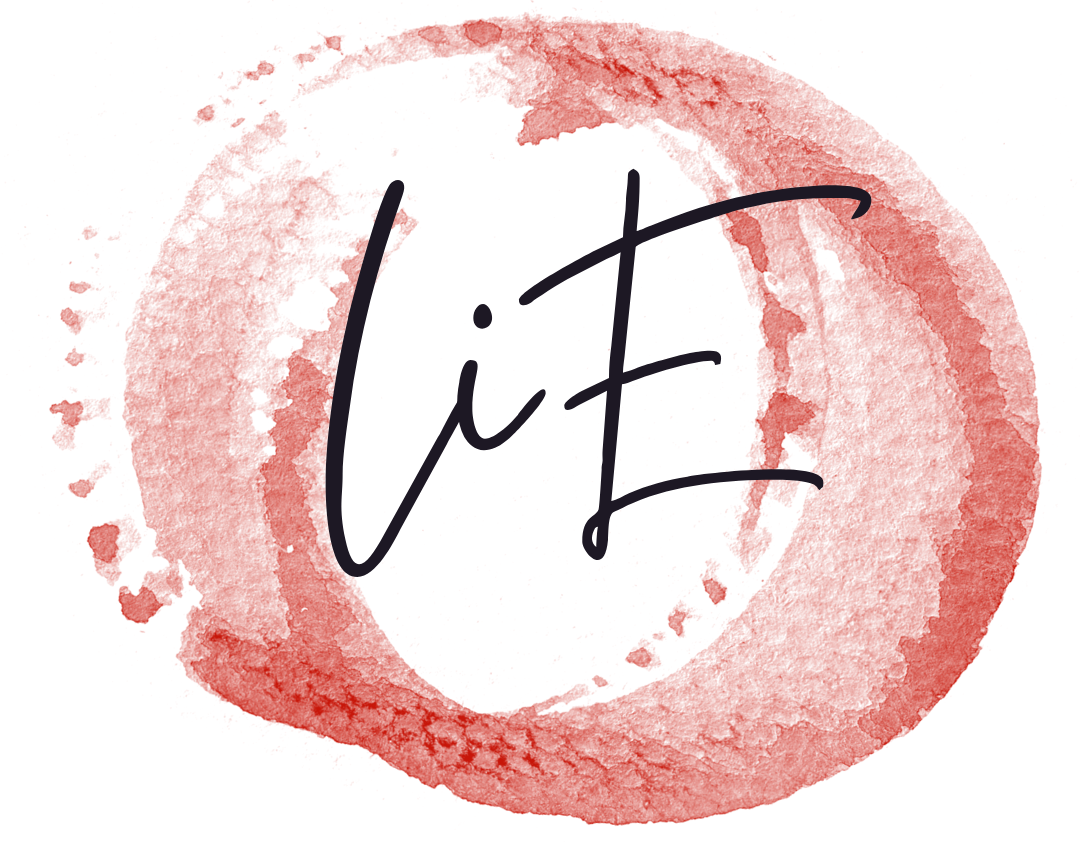The realm of marketing has not been left untouched. The battle between digital marketing and traditional marketing is heating up, as businesses strive to reach their target audiences effectively. Let’s delve deep into the evolution of these two approaches, exploring their strengths, weaknesses, and how they coexist in the modern marketing landscape.
Understanding Digital Marketing
Digital marketing is the powerhouse that has revolutionized the way businesses connect with consumers. It encompasses a range of online strategies and tools that leverage the internet and electronic devices to promote products and services. From social media marketing and search engine optimization (SEO) to content creation, influencer partnerships, and email campaigns, digital marketing offers unparalleled opportunities for engagement and interaction.
The Rise of Digital Dominance
With the advent of the internet and the proliferation of smartphones, digital marketing has taken center stage. The ability to precisely target audiences based on demographics, behaviors, and preferences has given businesses a competitive edge. Unlike traditional methods, digital marketing provides real-time metrics, enabling marketers to measure the effectiveness of their campaigns and make data-driven adjustments on the fly.
Moreover, the flexibility of digital platforms allows for immediate changes, ensuring that marketing messages remain relevant in the face of rapidly changing trends. Businesses can react swiftly to customer feedback, altering strategies and tactics to meet their needs. This agility is a marked departure from traditional marketing, where changes could take weeks or even months to implement.
Challenges of Traditional Marketing
While traditional marketing methods, such as print ads, television commercials, radio spots, and billboards, have been the go-to for decades, they face inherent limitations in today’s digital age.
Limited Targeting and Measurement
Traditional marketing often lacks the precision that digital marketing offers. Blanket advertisements in newspapers or magazines can only reach a broad audience, without the ability to target specific segments effectively. Additionally, tracking the success of traditional campaigns is considerably harder, as there’s a lack of immediate feedback and analytical tools.
One-Way Communication
Traditional marketing typically involves one-way communication, where businesses present their message to the audience without fostering meaningful interaction. This approach might miss the mark with modern consumers, who expect personalized experiences and opportunities to engage directly with brands. The lack of interactivity in traditional methods can lead to reduced engagement and resonance, especially among younger audiences who are accustomed to digital platforms’ dynamic nature.
Tangible vs. Digital Presence
One aspect where traditional marketing excels is creating a tangible presence. Billboards along highways, magazine spreads, and TV commercials have a physicality that can leave a lasting impact on consumers’ memory. However, this impact is often harder to quantify compared to the digital realm, where every click, share, and conversion can be tracked and analyzed.
Finding Harmony: Integrating Both Approaches
The best marketing strategies today often blend the strengths of digital and traditional methods. By doing so, businesses can tap into wider audiences while still leveraging the power of technology-driven tactics.
The Power of Multichannel Marketing
Integrating digital marketing with traditional approaches creates a potent multichannel strategy. For instance, a television advertisement can prompt viewers to engage online by visiting a website or following social media accounts. This synergy capitalizes on the broader reach of traditional methods and the interactive potential of digital platforms.
Maintaining Brand Consistency
While adopting digital strategies is crucial, businesses must ensure consistency across all channels. The brand’s message, values, and visual identity should seamlessly transition from traditional to digital platforms. This uniformity strengthens the brand’s recognition and fosters trust among consumers.
The Path Forward
As we navigate the ever-evolving marketing landscape, the symbiotic relationship between digital and traditional marketing becomes more evident. While digital marketing has transformed the way we connect and engage, traditional marketing methods still hold value in reaching certain demographics and establishing a tangible presence.
Businesses that strike the right balance between these two approaches will likely see the most success. By embracing the strengths of both digital and traditional marketing, brands can craft compelling narratives, foster engagement, and ultimately drive growth in an increasingly competitive market.
In conclusion, the evolution of marketing showcases the dynamic interplay between digital and traditional approaches. Each approach brings its own set of advantages and challenges, and the most effective strategies will draw from both realms to create a holistic and impactful marketing campaign. So, whether it’s a cutting-edge digital ad or a timeless billboard, the key is to find the harmony that resonates with today’s diverse and tech-savvy audiences. As technology continues to evolve, the lines between these two approaches may blur even further, reshaping the marketing landscape once again. The future of marketing is an exciting frontier where innovation knows no bounds, and businesses must be ready to adapt and embrace the changes that lie ahead.


